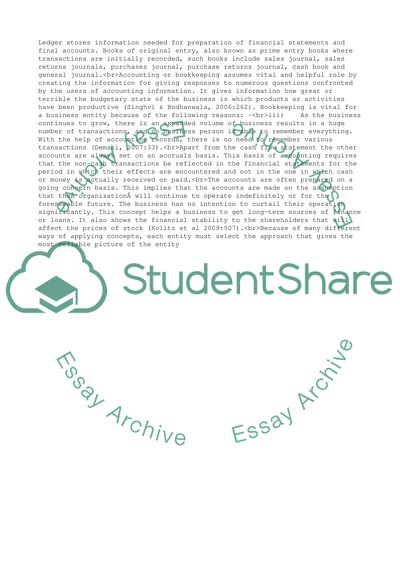Cite this document
(“Financial Systems & Auditing Essay Example | Topics and Well Written Essays - 3000 words”, n.d.)
Financial Systems & Auditing Essay Example | Topics and Well Written Essays - 3000 words. Retrieved from https://studentshare.org/business/1672179-financial-systems-auditing
Financial Systems & Auditing Essay Example | Topics and Well Written Essays - 3000 words. Retrieved from https://studentshare.org/business/1672179-financial-systems-auditing
(Financial Systems & Auditing Essay Example | Topics and Well Written Essays - 3000 Words)
Financial Systems & Auditing Essay Example | Topics and Well Written Essays - 3000 Words. https://studentshare.org/business/1672179-financial-systems-auditing.
Financial Systems & Auditing Essay Example | Topics and Well Written Essays - 3000 Words. https://studentshare.org/business/1672179-financial-systems-auditing.
“Financial Systems & Auditing Essay Example | Topics and Well Written Essays - 3000 Words”, n.d. https://studentshare.org/business/1672179-financial-systems-auditing.


